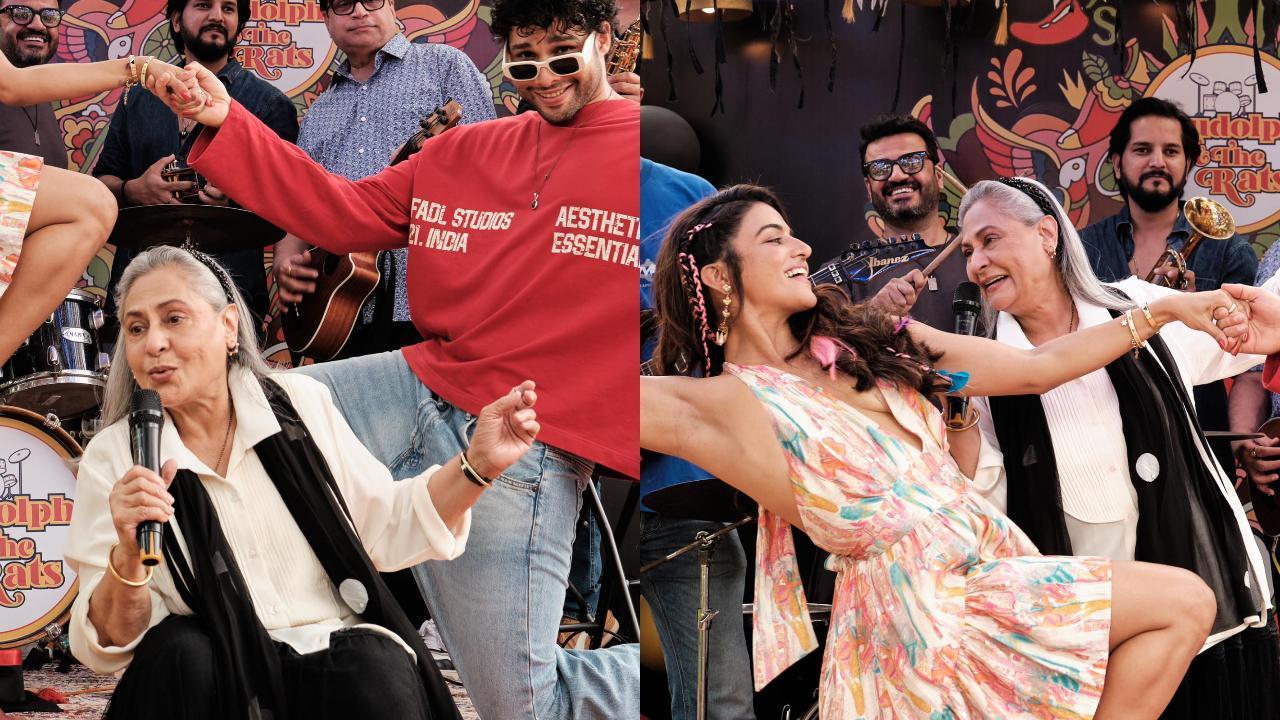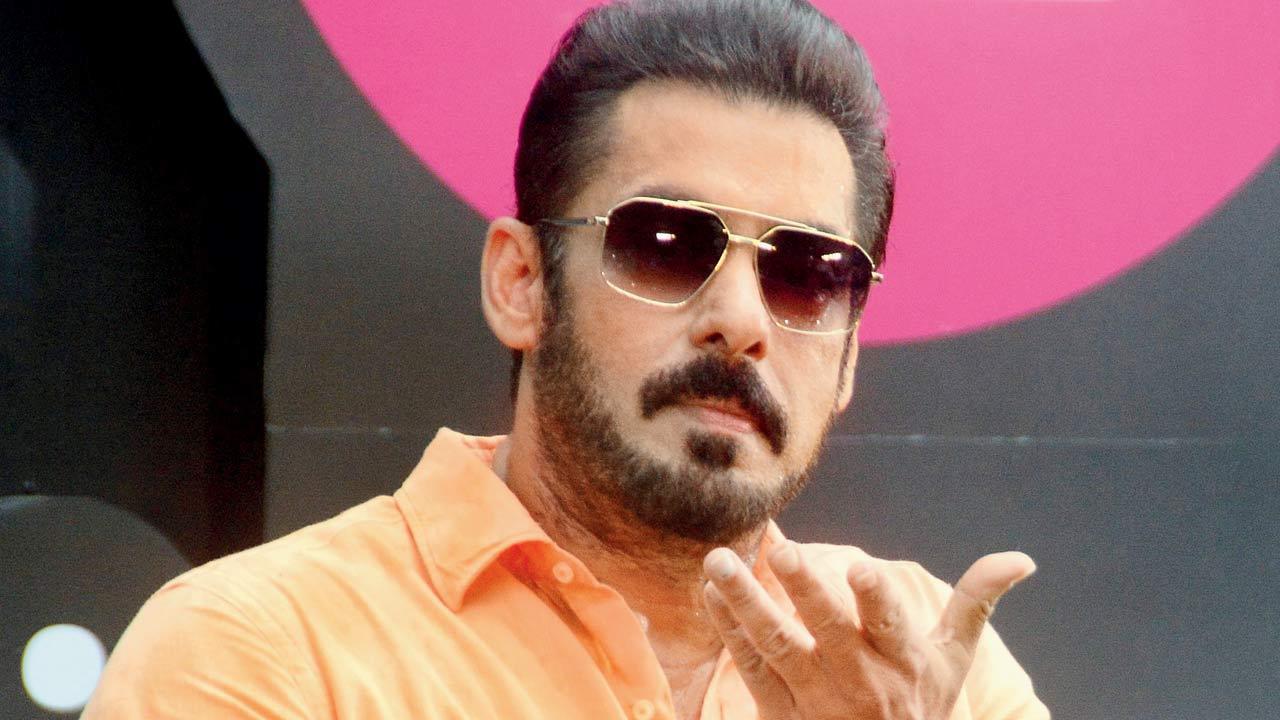
The posthumous fascination with Amar Singh Chamkila, an iconic figure in Punjabi music, has found new resonance through the critically acclaimed biographical film directed by Imtiaz Ali. In “Amar Singh Chamkila,” audiences have been reintroduced to the singer, whose life and songs have stirred as much admiration as controversy. Diljit Dosanjh’s portrayal of Chamkila has been lauded for its authenticity, capturing the complexity of a performer whose lyrics were often seen as provocative and divisive.
Chamkila’s music, with its unfiltered depiction of rural life and bold sexuality, sparked a cultural upheaval in its time. While his tunes enjoyed immense popularity and became staples at celebrations, they were simultaneously criticized by some, accused of objectifying women and promoting vulgarity. However, Ali champions a different perspective, arguing that Chamkila’s work is not an exercise in sexism but rather an exploration of the multilayered interactions between men and women.
The filmmaker articulates his observations about the gender dynamics present in traditional Punjabi wedding music. He remarks on the inherent playfulness and wittiness often expressed by women in these songs, believing that Chamkila’s duets mirrored this dynamic, presenting women as clever and proactive participants, even outwitting their male counterparts. One such composition features a woman humorously belittling an older man’s claims of youthful vigor, challenging the notion that women within Chamkila’s songs are mere objects.
Imtiaz Ali’s cinematic journey delves into the narrative without succumbing to the temptation of idolization or outright criticism. The film steers clear of glorifying Chamkila, providing a rounded view of his existence. Ali was determined to avoid creating a hagiography, intending instead to humanize the singer by acknowledging his imperfections and emphasizing his connection to the common people. Chamkila’s humble origins and relatable persona underscore his standing as a “servant of the masses,” a tag that indicates his deep-rooted empathy for the societal strata he stemmed from.
The Netflix feature explores Chamkila’s life, including his intricate relationship with his singer-wife Amarjot Kaur, portrayed by Parineeti Chopra. While the narrative does not fully delve into Amarjot’s persona, presenting her character in a somewhat subdued light, the director underscores that his portrayal was informed by extensive research into her life and public appearances. Ali hints at the potential for future projects to focus on Amarjot, whose story is rich with untold angles.
Amidst the renaissance of Chamkila’s legacy, the film has stimulated conversation over the messages in his lyrics and how they resonate or clash with modern sensibilities. The director’s viewpoint suggests that Chamkila’s music was reflective of a cultural expression that merits a nuanced understanding rather than a blanket judgment.
In conclusion, Ali’s cinematic interpretation of Amar Singh Chamkila’s life and work presents a thoughtful examination that challenges audiences to reconsider preconceived ideas about the late singer’s artistic intent. As the film garners praise and fosters discussion, it becomes apparent that Chamkila’s songs, wrought with wit and equality, hold a mirror to societal norms and gender roles, asking listeners to discern the satire from the sexist in an oeuvre that has left an indelible mark on Punjabi music culture. Imtiaz Ali’s biopic is not a simple hagiography but a statement on the authenticity and multifaceted nature of a man whose music continues to captivate and provoke to this day.










